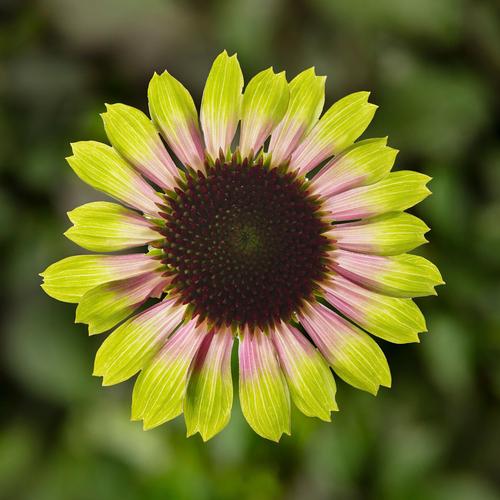Echinacea purpurea 'Prairie Blaze™ Vintage Lime'
Coneflower
In Stock
Breakthrough color! Long blooming daisy-like flowers with pink centers and lime-green tips grow on short, sturdy stems. Compact, upright habit, and rapid growth rate. Efficient to produce in a wide range of containers.
- · Striking novelty color
- · Compact habit
- · Heat tolerant
| Item # | Pack | Size | Avail Units | Avail Plants | |
|---|---|---|---|---|---|
|
4593305
|
30 | 3" Plug | 104 | 3120 | Login for Pricing |
|
4993308
|
50 | 50 Cell | SOLD OUT | SOLD OUT | Login for Pricing |
Height:
14-16 in
Spread:
6-8 in
Zone:
4-9

Echinacea purpurea 'Prairie Blaze™ Vintage Lime'
Exposure
| • | Sun Tolerant |
Soil Moisture Needs
| • | Average Soil |
Nature Attraction
| • | Attracts Butterflies |
Attributes
| • | Re-Blooming |
| • | Border |
| • | Good Container Plant |
| • | Long Blooming |
Season of Interest (Flowering)
| • | Late Spring / Early Summer |
| • | Summer |
| • | Late Summer |


